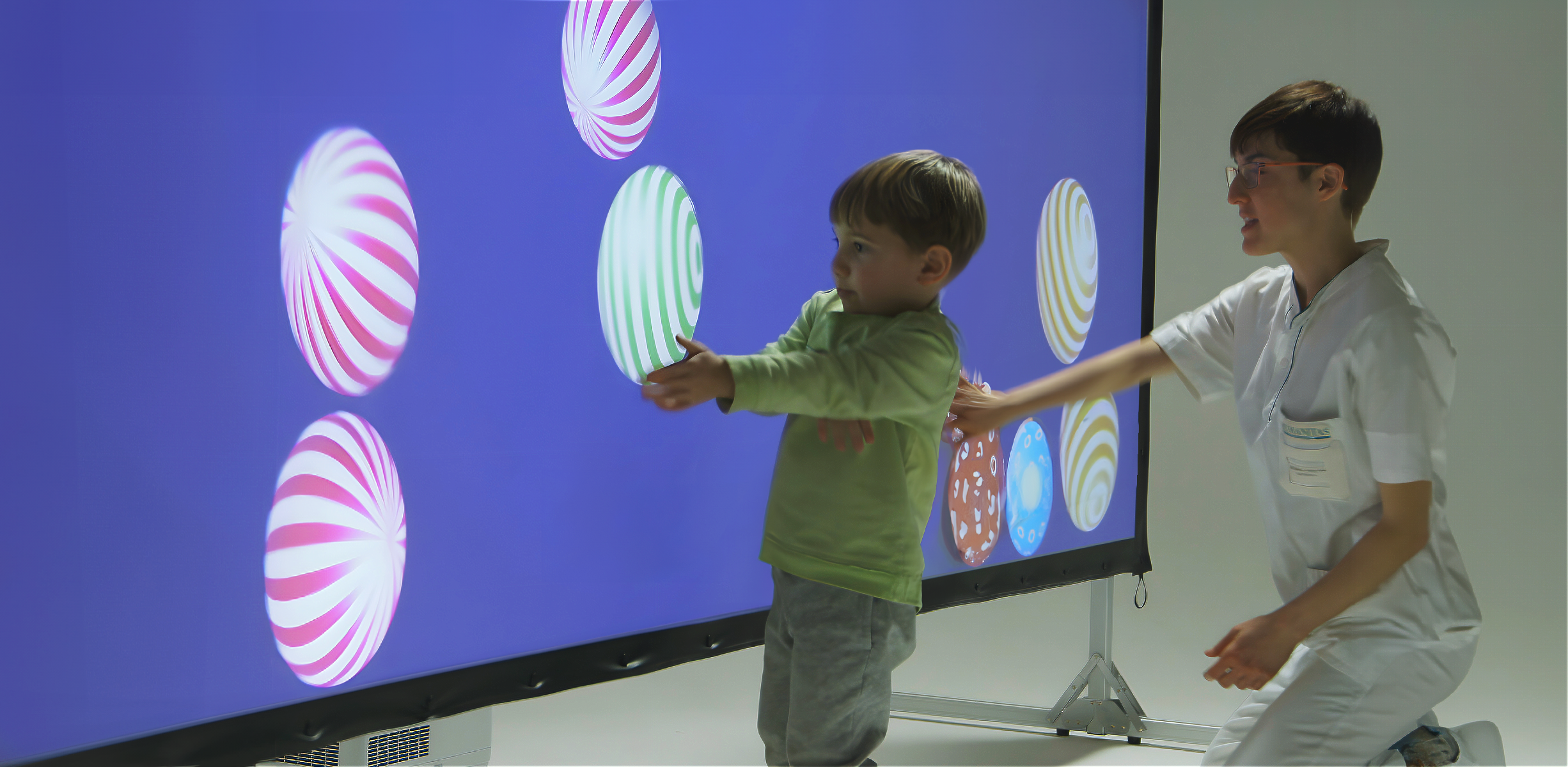Gait Initiation in Parkinson’s Disease analyzed using BTS gait lab

AUTHOR: Marta Francisca Corrà, Ph.D.
Parkinson’s disease (PD) is a neurodegenerative disorder that affects locomotion and particularly gait initiation. Gait initiation (GI) puts a strain on the balance control system as the subject goes from a stable balanced condition to unstable support on one limb. This motor task may be impaired in PD patients due to hesitation at onset or freezing of gait, resulting in falls, injuries, and fear of falling (Peterson and Horak 2016).
There is a need to identify a behavioral measure that can reliably describe balance disturbances in PD. The initiation of walking allows the production of anticipatory postural adjustments (APA), a centrally mediated feedforward motor program aimed at destabilizing antigravity postural movements for the execution of a functionally optimized stride (Crenna and Frigo, 1991).
Little or no attention has been paid to the influence of anthropometric (AM) and base of support (BoS) measurements, although these parameters may have a significant impact on this motor task (Rocchi et al., 2006).
In light of this information, a multicenter study conducted by the University of Wurzbug (Germany) aimed to define which biomechanical outcomes of APA at the GI are PD-related and dopamine (putamen)-dependent, taking into account the influence of AM and BoS (Fig. 1).

Twenty-six subjects with a clinical diagnosis of idiopathic PD and 27 healthy controls (HC) of the same age were recruited. Patients were evaluated by recording motor performance with an optoelectronic system (SMART-DX cameras, BTS) and two force dynamometer plates.
Subjects were instructed to stand quietly on the force plates (one foot on each) for about 30 s.
Following a verbal signal, subjects waited a self-selected time interval before walking to the end of the walkway, leading with the self-selected stepping leg and moving at their own pace.
Foot position during initial standing was self-selected by each subject. Kinematics was monitored with a set of 29 whole-body markers placed on anatomical landmarks (Palmisano et al., 2019).
It was shown, among other results, that demographic characteristics, AM and initial stance condition (i.e., BoS) did not differ significantly between HC and PD-off and between PD”-off and PD”-on. All patients in the PD”-off group achieved significant benefit with levodopa.
People with PD showed a significant reduction in center of pressure (CoP) displacement and velocity during IMB phase, a reduction in first step length and velocity, and a reduction in center of mass (CoM) velocity and acceleration at the time of stance foot start. All these measures were related to dopaminergic innervation of the putamen and improved substantially with levodopa.
In conclusion, the study suggests a primary role of striatal dopaminergic circuitry in feedforward motor control during GI. Basal ganglia circuits may contribute to defining the optimal baseline body configuration for proper gait initiation and, eventually, for gait adaptation to the environment.
References
Crenna, P., and Frigo, C. A. (1991). A motor programme for the initiation of forward-oriented movements in humans. J. Physiol. 437, 635–653. doi: 10.1113/ jphysiol.1991.sp018616
Palmisano, C., Brandt, G., Pozzi, N. G., Leporini, A., Maltese, V., Canessa, A., et al. (2019). Sit-to-walk performance in Parkinson’s disease: a comparison between faller and non-faller patients. Clin. Biomech. 63, 140–146. doi: 10.1016/ j.clinbiomech.2019.03.002
Palmisano C, Brandt G, Vissani M, Pozzi NG, Canessa A, Brumberg J, Marotta G, Volkmann J, Mazzoni A, Pezzoli G, Frigo CA and Isaias IU (2020) Gait Initiation in Parkinson’s Disease: Impact of Dopamine Depletion and Initial Stance Condition. Front. Bioeng. Biotechnol. 8:137. doi: 10.3389/fbioe.2020.00137
Peterson, D. S., and Horak, F. B. (2016). Neural control of walking in people with parkinsonism. Physiology 31, 95–107. doi: 10.1152/physiol.00034.2015
Rocchi, L., Chiari, L., Mancini, M., Carlson-Kuhta, P., Gross, A., and Horak, F. B. (2006). Step initiation in Parkinson’s disease: influence of initial stance conditions. Neurosci. Lett. 406, 128–132. doi: 10.1016/j.neulet.2006.07.027











